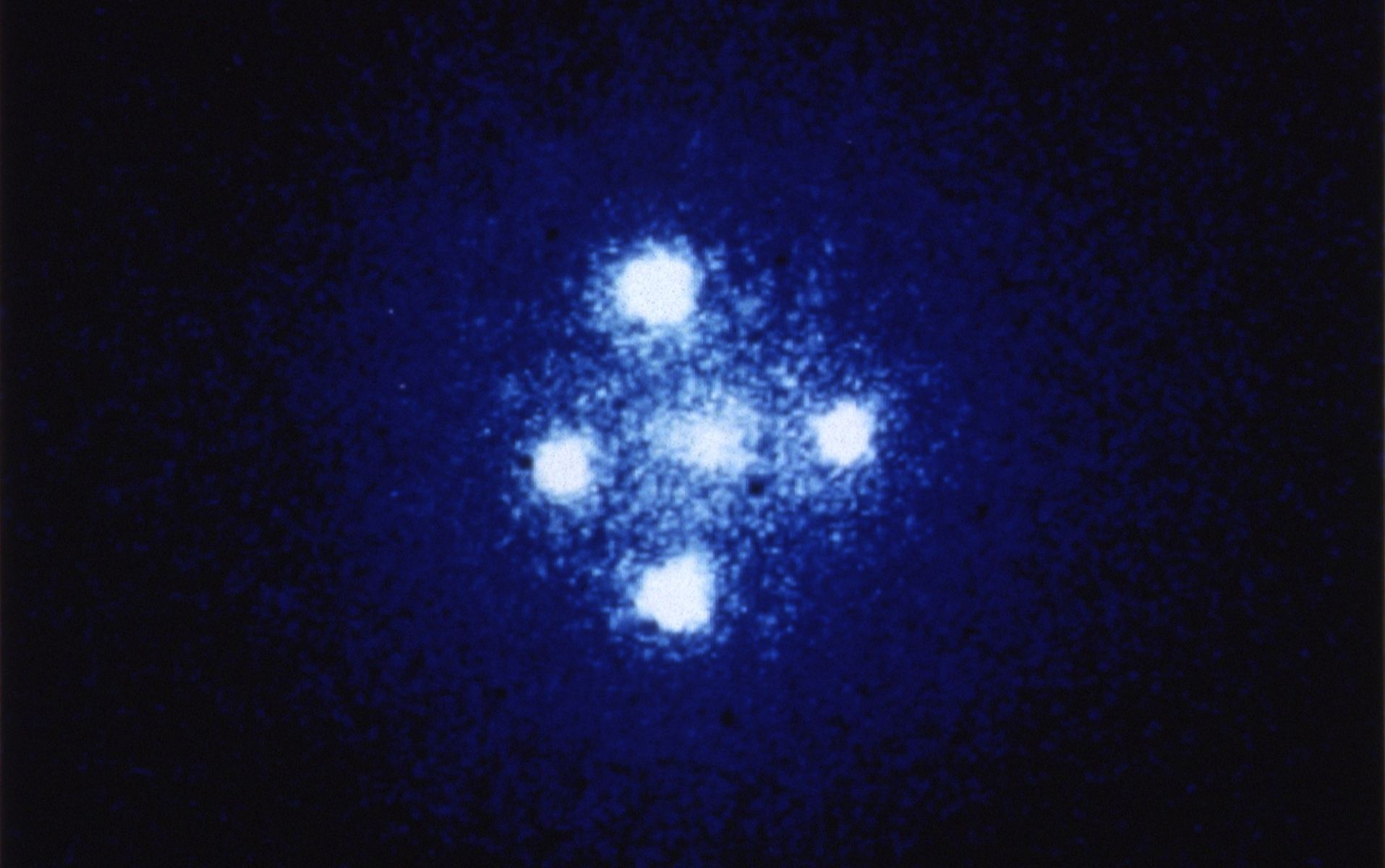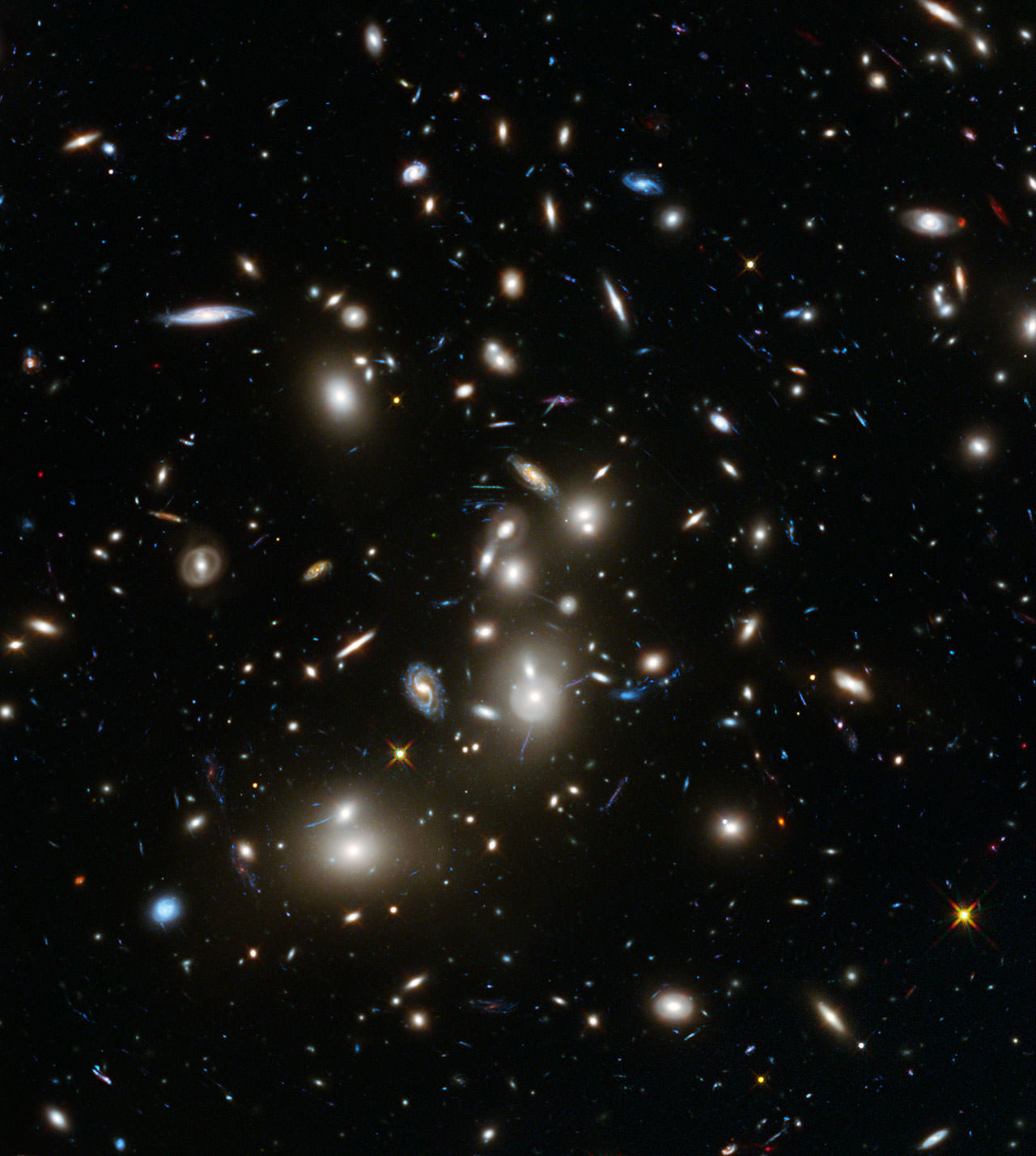Gravity’s a funny thing. Not only does it tug away at you, me, planets, moons and stars, but it can even bend light itself. And once you’re bending light, well, you’ve got yourself a telescope.
Everyone here is familiar with the practical applications of gravity. If not just from exposure to Loony Tunes, with an abundance of scenes with an anthropomorphized coyote being hurled at the ground from gravitational acceleration, giant rocks plummeting to a spot inevitably marked with an X, previously occupied by a member of the “accelerati incredibilus” family and soon to be a big squish mark containing the bodily remains of the previously mentioned Wile E. Coyote.
Despite having a very limited understanding of it, Gravity is a pretty amazing force, not just for decimating a infinitely resurrecting coyote, but for keeping our feet on the ground and our planet in just the right spot around our Sun. The force due to gravity has got a whole bag of tricks, and reaches across Universal distances. But one of its best tricks is how it acts like a lens, magnifying distant objects for astronomy.
Continue reading “What is Gravitational Lensing?”



